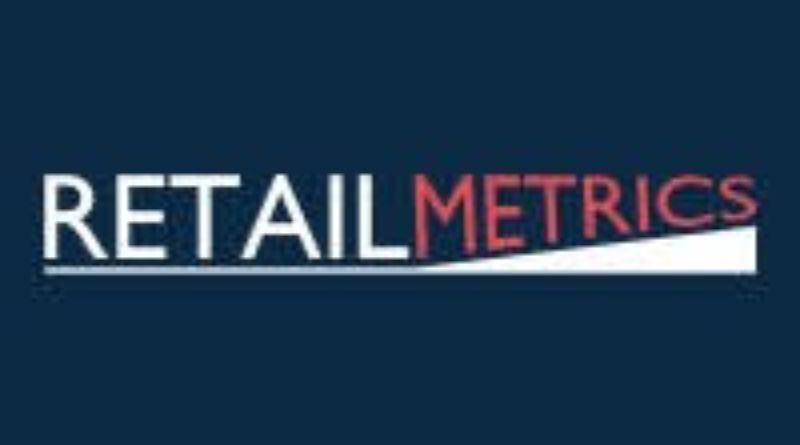The Top 5 Retail Metrics You Need to Monitor to Drive Sales
Retail analytics will help you make sense of your sales data and provide you with insight into what’s really going on with your business. However, you can’t simply plug in your numbers and figure out what’s working and what’s not just by looking at the numbers. You need to know how to interpret the data, look for trends and patterns, and track how your changes affect your overall sales performance on an ongoing basis. The following retail metrics provide the baseline of information you’ll need to analyze the health of your business and take action to improve it.
1) Average Order Value (AOV)
You’ll also want to think about how much your customers spend on each order. This metric is called the average order value (AOV). For example, if someone buys one item for $20, the AOV is 20. If a customer buys two items for $60, the AOV is 30. And if they buy ten items for $250, then their AOV is 25. Tracking this information will help you determine what products are most profitable and which ones may need to be reduced or discontinued. Average Unit Sale: The average unit sale is calculated by dividing the total revenue by the number of units sold. For instance, if you sold 100 units at $10 each, your average unit sale would be 10 ($1,000 ÷ 100 = 10). Tracking this information can help you determine how well certain inventory items are selling and where there may be an opportunity for cross-promotion.
2) Conversion Rate
Know the conversion rate of your website: The conversion rate is the percentage of visitors who take the desired action, like buying a product. If 100 people visit your site, and 60 buy something, you have a 60% conversion rate. Anything less than 50% is considered low and can be worked on to make it higher.
3) Return on Ad Spend (ROAS)
Your return on ad spend is the most important metric to monitor. ROAS shows how much each dollar you spent on advertising is actually making you back in terms of new sales. For example, if you spend $100 on an ad and it brings in a total of $200 in revenue, your ROAS would be 200%. A high ROAS is great, but it’s not the only important factor.
4) Abandonment Rate
What percentage of visitors do you think to leave your store without purchasing anything? Keep an eye on your store’s abandonment rate and find out how many visitors left without buying something. Calculate your store’s abandonment rate by dividing the number of visitors who abandoned your shop by the number of total visitors. Understanding your business’s abandonment rate can help you identify problems in your customer flow and fix them for a better customer experience.
5) Customer Lifetime Value (CLV)
According to statistics, nearly 75% of new customers come from a store’s existing customer base. The more you can do to retain your loyal customers and turn them into promoters, the better your chances will be of increasing customer acquisition rates through word-of-mouth marketing and advertising. One way to quantify the value of your customers is by using Customer Lifetime Value (CLV). CLV measures how much profit is generated by an individual over their lifetime as a customer and includes factors such as frequency of purchase, average order size, etc. For example, if on average one person spends $100 per year with a company for 10 years that would equal $10K in revenue for 10 years or 1M/10y = 100k/yr x 10yrs = $1 million total revenue!




